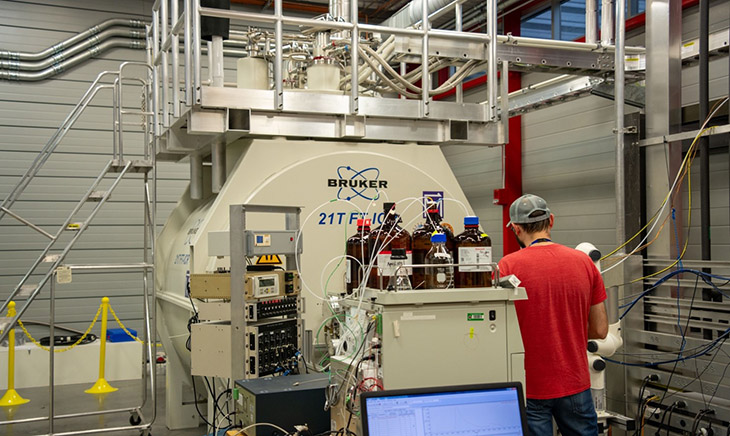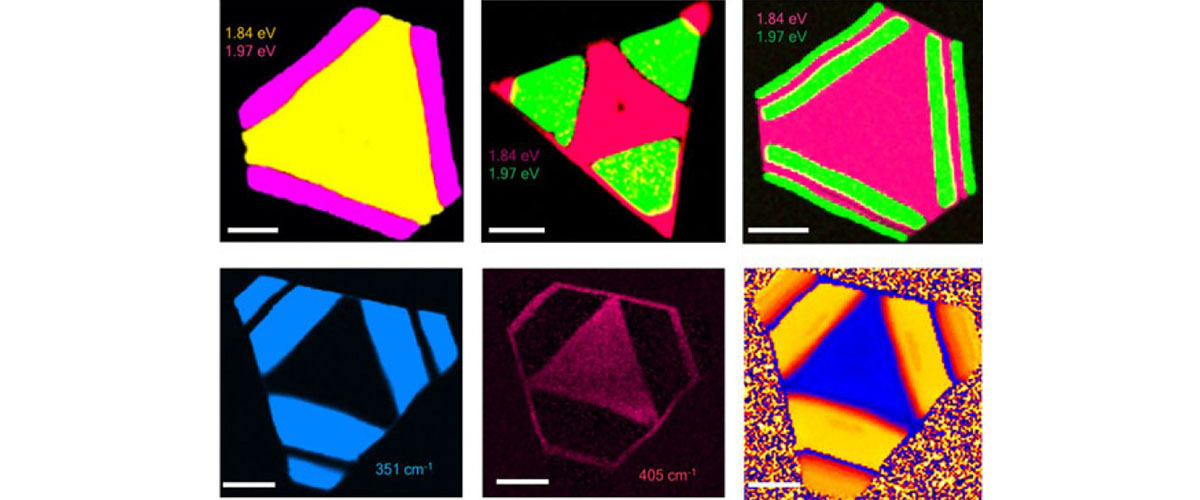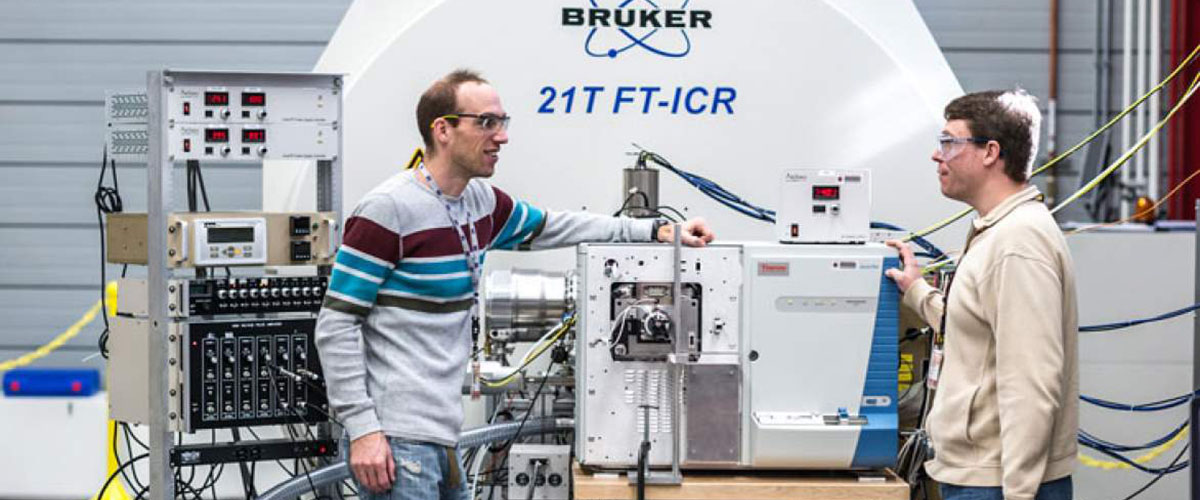All the formulations share a similar chemical signature — the very strong carbon-fluorine bond, one of the strongest bonds known to exist. That bond prevents them from breaking down in the environment and fuels concerns about harmful effects.
"Fluorine has this huge pull. It's kind of like a black hole, or the periodic table 'wild cat' due to its high electronegativity. And so, fluorine will pull an electron from anything around it that it can. That can be extremely problematic when you're inside of a biological system and you start removing electrons from other biological atoms around it," McKenna said.
The challenge is pinpointing PFAS within the products that contain them and the ecosystems where they wind up.
"It's a very complex mixture in and of itself, let alone when it's released into the background environmental matrix of Mother Nature," McKenna said.
An added complication — forever chemicals may bond with other molecules as they make their way through the environment, changing their structure and potential impact.
"So, that's always the issue, too, with how toxic is a compound by itself and how toxic is the compound in a mixture or how toxic is the entire mixture?" Blotevogel said.
That's where the MagLab’s 21-tesla Fourier-Transform Ion Cyclotron Resonance system comes in. The world's highest-performing, highest-resolving mass spectrometer allows scientists to simultaneously sort through tens of thousands of distinct molecules in complex mixtures, pinpointing even the scarcest components.

The MagLab's 21 tesla Fourier-Transform Ion Cyclotron Resonance magnet, the world's most powerful and accurate mass spectrometer.
Photo by Stephen Bilenky
"It's like searching for a needle in a haystack, "McKenna said, "The 21-T is the only system that can navigate the haystack. You can identify chemicals you don't know you're looking for and did not expect to find."
"It's a super powerful tool that can really open the door to seeing more than anybody else can," added Robert Young, a collaborator on the project and Blotevogel's colleague at CSIRO, "We have the benefit of this extra resolving power to be able to distinguish all of the different elemental compositions in a complex sample."
In the first phase of their project, funded by the U.S. Department of Defense, the team collected firefighting foams, groundwater and wastewater treatment discharge from US military bases and looked for forever chemicals. The EPA has a database of about 15,000 known forever chemical formulations. Analyzing only a few samples, the team discovered 75 entirely new classes of PFAS, and 300 new PFAS elemental compositions within those classes.
The second phase of the research aims to build a deeper database of forever chemicals and their 'fingerprints' – their unique molecular formula and chemical markers that may tie them to a specific source — to paint a more complete picture of PFAS contamination. Researchers are also creating new computer software that can automate pinpointing and identification.
"We're trying to find new ways to visualize and evaluate the mountains of data that come from the 21T instrument," said Young.
The end goal is to develop techniques that can be applied to more widely-available instrumentation, so more scientists can track the chemicals in our environment.
"How can we clean this up to prevent this from becoming a generational impairment?" McKenna asked.
"It's a huge problem that takes really every type of scientist, engineer, computer scientist, researcher and social scientist on the planet if we're going to try to figure out how to navigate this contamination moving forward."
"They will be everywhere for the rest of our lifetimes and our children and children's children's lifetimes. So, we'll have to learn to live with them," Blotevogel said.







